AI Scenario Planning
Algorithms doing the hard work for you
Algorithms plan the roadmap instantly, making all data visible in an easy-to-understand roadmap. It enables you to iterate several times during every meeting. Achieve perfect alignment with your peers.
Re-plan Instantly
Touch the “Plan Again” button to instantly re-plan your scenario based on your immediate changes.
The speed of re-planning is incredibly fast, even with complex datasets, due to modern microservices architecture.
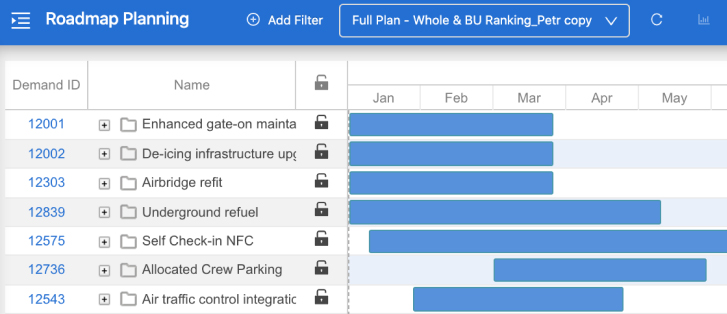

Re-plan Instantly
Touch the “Plan Again” button to instantly re-plan your scenario based on your immediate changes.
The speed of re-planning is incredibly fast, even with complex datasets, due to modern microservices architecture.
Multiple Planning Horizons
Create as many portfolios as required covering different planning horizons (e.g. 1 year, 18 months, 3 years, 5 years, any timeline).


Multiple Planning Horizons
Create as many portfolios as required covering different planning horizons
(e.g. 1 year, 18 months, 3 years, 5 years, any timeline).
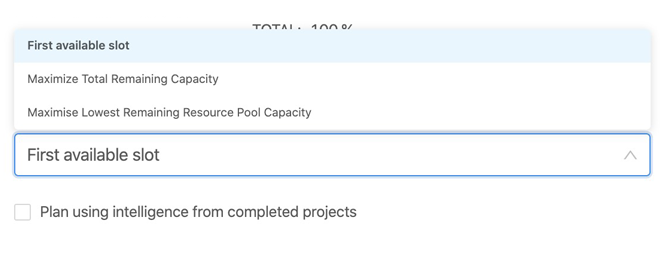
Multiple Planning Algorithms
Aangine offers a number of automatic scheduling algorithms to support the company’s project delivery goals. They optimise the delivery capacity for maximizing the capabilities of scarcest resources vs. delivering value:
• Optimise to deliver highest priority projects first.
• Optimise to level resource allocation
• Optimise to utilise scarce resources
• Bespoke optimisation algorithms can be incorporated as required.

Multiple Planning Algorithms
Aangine offers a number of automatic scheduling algorithms to support the company’s project delivery goals. They optimise the delivery capacity for maximizing the capabilities of scarcest resources vs. delivering value:
• Optimise to deliver highest priority projects first.
• Optimise to level resource allocation
• Optimise to utilise scarce resources
• Bespoke optimisation algorithms can be incorporated as required.
Multiple data-aggregation periods to choose from
For a scenario, you can choose to aggregate (consider) data on a Daily, Weekly, Bi-weekly or Monthly level. This option makes the algorithm be either very strict (daily = looking into daily allocations and daily required effort as per each project on the roadmap), or quite relaxed (monthly selection = the algorithm aggregates data as per 4 weeks).
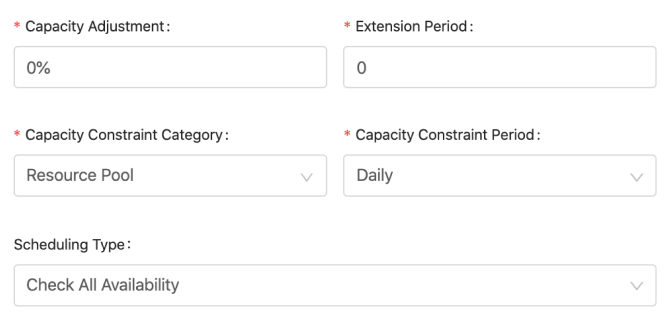

Multiple data-aggregation periods to choose from
For a scenario, you can choose to aggregate (consider) data on a Daily, Weekly, Bi-weekly or Monthly level. This option makes the algorithm be either very strict (daily = looking into daily allocations and daily required effort as per each project on the roadmap), or quite relaxed (monthly selection = the algorithm aggregates data as per 4 weeks).
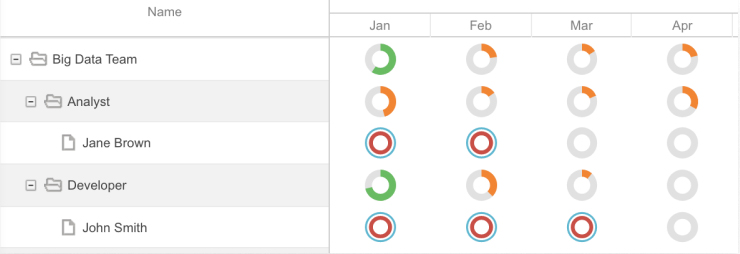
Multiple Levels of Resource Planning to choose from
The feature enables the planning team to come up with 3 different scenarios depending on the level selected. For example, one scenario can provide the roadmap according to a team capacity, over-allocating some of the people. Such a roadmap provides a valuable insight into the people who are overbooked so that proactive action can be taken.

Multiple Levels of Resource Planning to choose from
The feature enables the planning team to come up with 3 different scenarios depending on the level selected. For example, one scenario can provide the roadmap according to a team capacity, over-allocating some of the people. Such a roadmap provides a valuable insight into the people who are overbooked so that proactive action can be taken.
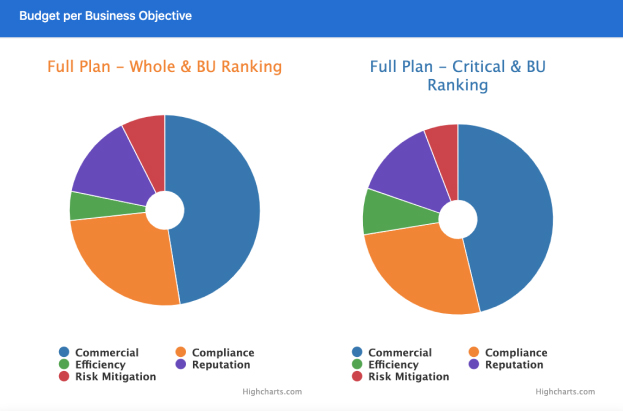
Budget-based planning
Based on the company annual budget and budgets of each project, Aangine can consider the budgets as the constraint in planning.

Budget-based planning
Based on the company annual budget and budgets of each project, Aangine can consider the budgets as the constraint in planning.
Bespoke constraint planning
Due to Aangine’s unique architecture, we can incorporate any bespoke calculation and make it a constraint in the planning.